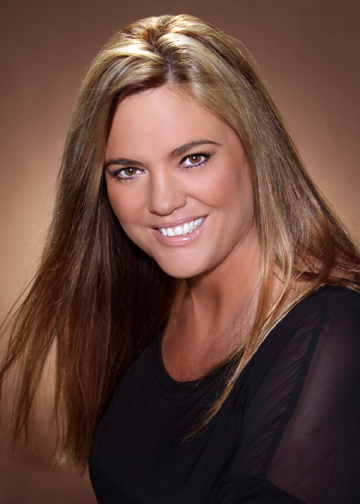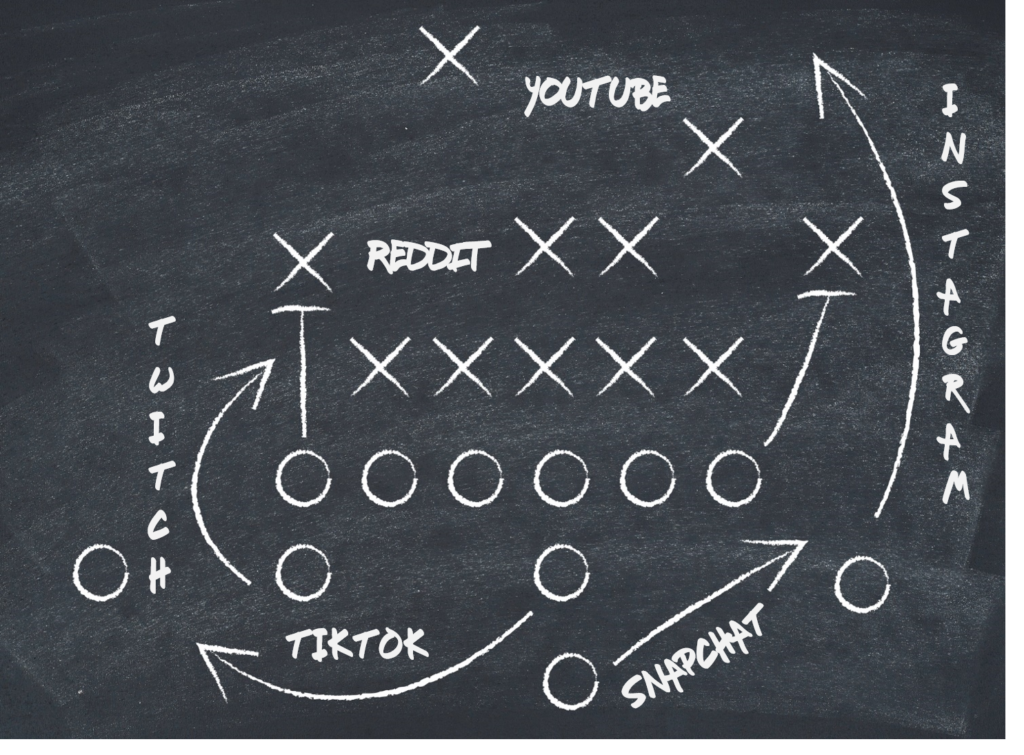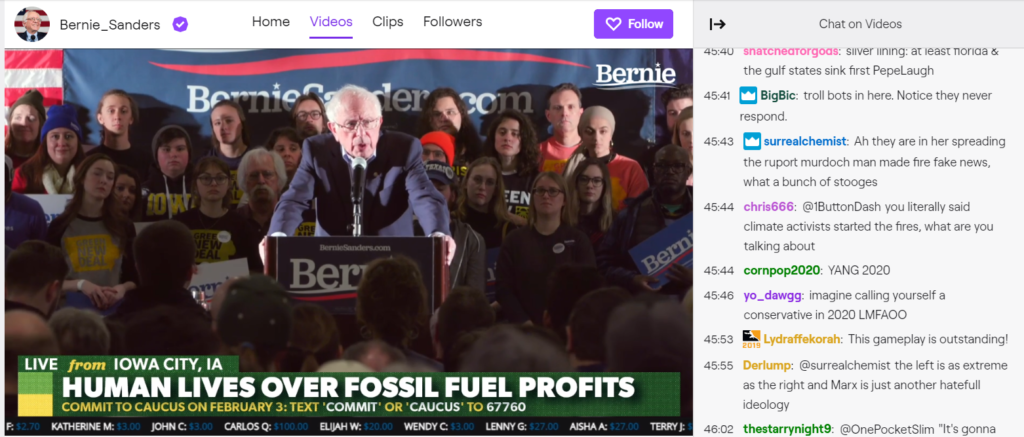
Here we are, nearly two decades deep into the social media space, and many of the same arguments are taking place:
How often and when to post?
How important is acknowledging fans?
How can radio stations speak in one social voice when multiple people are posting content?
What are the posting standards and rules ensuring posts direct users to station websites?
And the questions rage on and on.
Back when Facebook took off, and Twitter emerged as a very different social player, radio stations and their companies became much more “social conscious.”
Some hired social media specialists charged with training air talent, and installing basic standards to ensure the overall strategy is executed properly and consistently.
 That was around the same time Lori Lewis joined our company, dispensing social wisdom and imploring stations to design and carve out a purpose to their “socializing.”
That was around the same time Lori Lewis joined our company, dispensing social wisdom and imploring stations to design and carve out a purpose to their “socializing.”
But here we are in 2020, and much of the “oh wow” that accompanied social media conversations in radio has become part of the wallpaper – it’s there, but many broadcasters don’t pay much attention to it.
Oh sure, there are rules in place – mostly designed to keep stations “legal” when it comes to intellectual property, photographs, and the like.
And there’s a general sense of awareness that a simple tweet, post or picture can create serious problems – both legal and to the brand equity and credibility.
But in most cases, no one’s watching the store, much less executing a true social strategy, designed to build engagement and attract audiences to a station’s tribe.
When I think about analogies to great radio stations – we’re talking brands that have a character and multiple personalities – perhaps there’s a closer link to a sports team than a faceless service like Pandora or Spotify.
That’s because great personalities – characters of all stripes – can define ad shape an entertainment brand. Oftentimes, we talk about a “face of the team” – a personality or show that is in the forefront, whether it’s Aaron Rodgers or Elvis Duran. That’s no knock on other teammates – but instead an acknowledgement there’s a leader than fans gravitate to.
Studying how pro sports teams manage their social assets can be instructive and helpful for radio. And that’s why when I saw a story in Multichannel News by Daniel Frankel about a CES panel at C Space last week, featuring the NFL’s CMO, Tim Ellis, it caught my eye.

C Space is where brands come together at CES in a series of panels and sessions, where you can learn best – and also worst – practices. They are typically populated with some of the top players in their industries, a place where attendees can learn a ton about what the big boys and girls are doing.
The panel that jumped out at me – “Finding and Wowing the Fresh and Cool Demographic” – addressed some important social media issues and opportunities for brands. Ellis is relatively new to the NFL, and is in the process of reshaping how the league approaches its social strategy. And that’s where those of us in radio would be wise to tune in.
Ellis’ approach to social media isn’t to simply reinforce existing fans ,in much the same way radio generally communicates with its current cumers and P1s on sites like Facebook and Instagram.
Instead, the NFL is recasting its star players as marketers, and their canvas is platforms like TikTok, Snapchat, and other social outlets especially appealing to Gen Zs, an audience the league has deemed key to its future.
audience the league has deemed key to its future.
While radio tends to stick with social media platforms that match its audience’s habits – and research like Techsurvey clearly identifies those outlets – the NFL is looking to social as a way to reach out to new fans.
Ellis concedes that younger people don’t consume NFL Football like their parents who typically view the games in linear fashion on TV or on radio. Instead, the NFL’s CMO says “Half of them don’t use linear at all.”
Thus, training programs to work with players to brush up their social skills on emerging platforms – like TikTok. Ellis’ plan is to focus on what matters to young people – “movies, gaming, and fashion.”
That means gaining an understanding of why they use platforms like TikTok (as opposed to older social media like Facebook). Ellis pointed out that perhaps the biggest name in the league- Tom Brady – had to go to school in order to be effective on TikTok. Ellis told the audience, “He had to figure out how to do it.”
For Ellis, this social initiative for the NFL isn’t just something they’re morphing toward – they’re approaching it with a sense of urgency. And it’s most definitely a dance: how to grow the current audience for pro football without turning off the core audience for the sport.
Radio programmers should be able to relate – especially public radio execs tasked with essentially the same charge. As the audience ages, it is essential to replace the old guard with younger listeners who share the same sensibilities about the world around them. Problem is, you’re not going to connect with the next generation of fans using the tools, tricks, and techniques that worked for their parents and grandparents.
A wise marketer once noted, you have to fish where the fish are. And wizened brands with so-called mature audiences have to seek out different ponds of consumers to survive – and thrive.
The NFL isn’t the only traditional brand using younger platforms. In fact, the two of the oldest Presidential candidates – Donald Trump and Bernie Sanders – are both on Twitch, a gaming site aimed at the same demographic the NFL is hoping to attract.

But it’s not the tactic of reaching out on your social media platform, it’s the strategy behind it.
In the case of Sanders and Trump, it’s votes in November.
For the NFL, it’s the league’s future. As Ellis explained his philosophy to the Sport Business Journal in last February, “If you don’t make someone a fan by the time they are 16 or 17, you’re in trouble. What’s important is understanding how to reach and engage with them, and connecting with their own passion points.”
For broadcast radio, that’s the way it is, too.
- Media And Technology In 2025: Believe It Or Not! - April 18, 2025
- In Radio, You Just Never Know - April 17, 2025
- The Secret To Making A Great Podcast (And Great Radio) - April 16, 2025




Leave a Reply